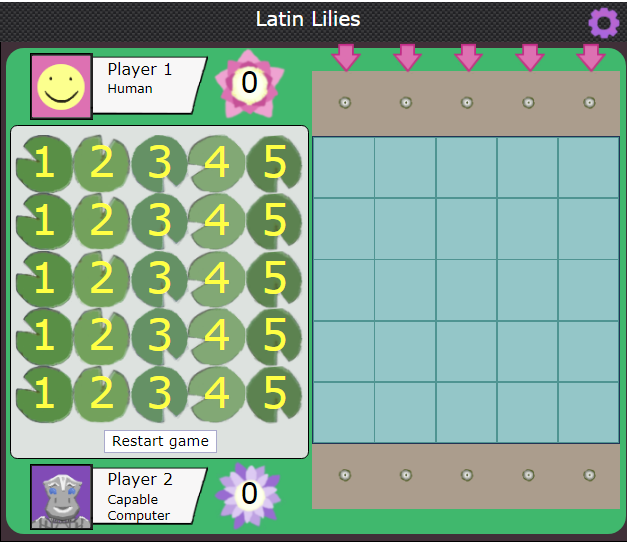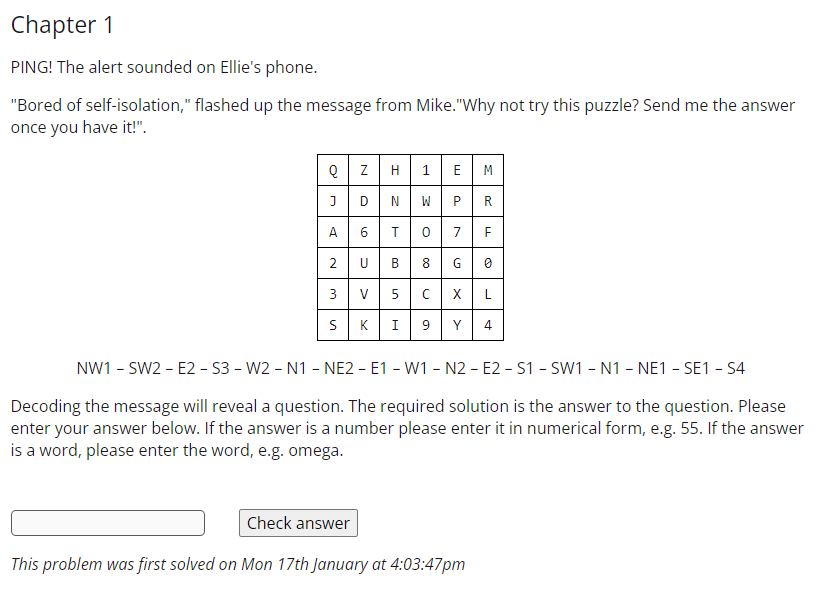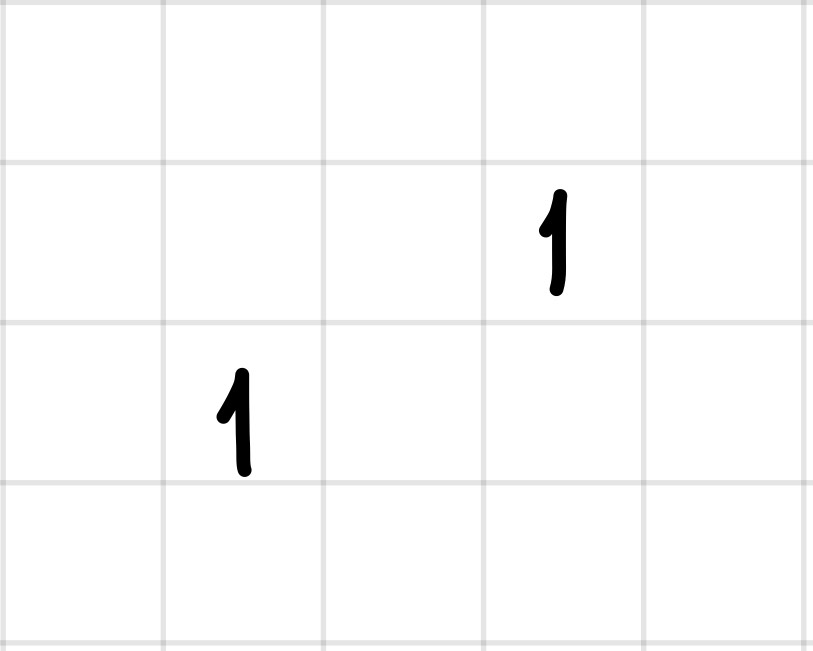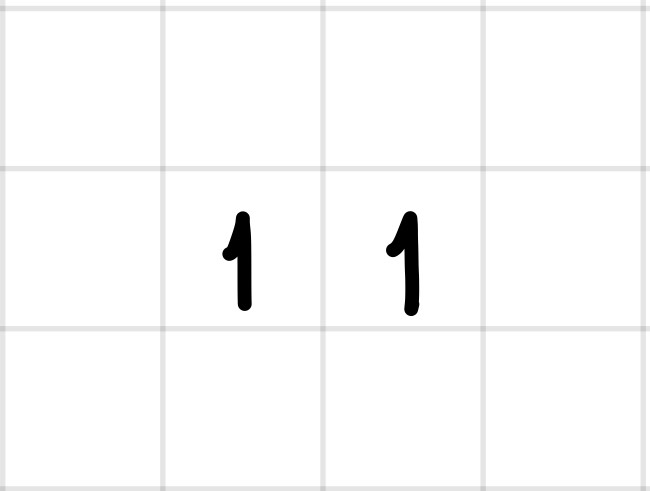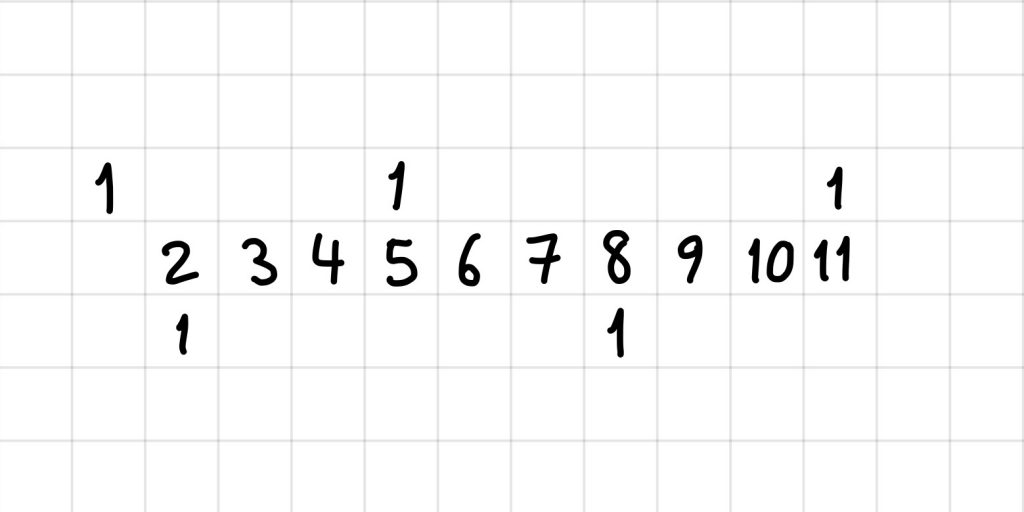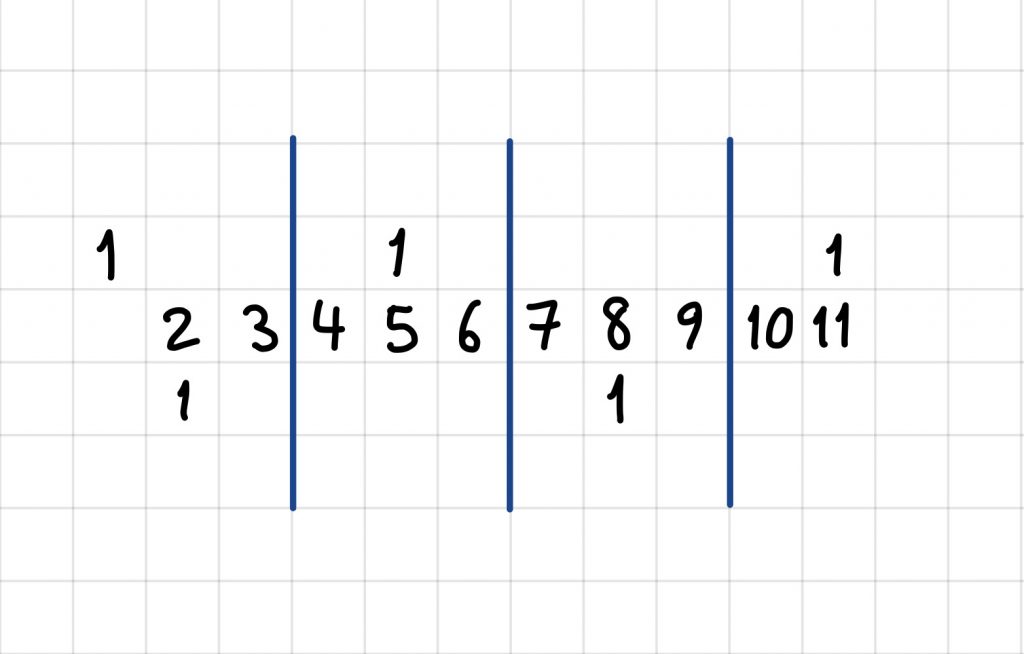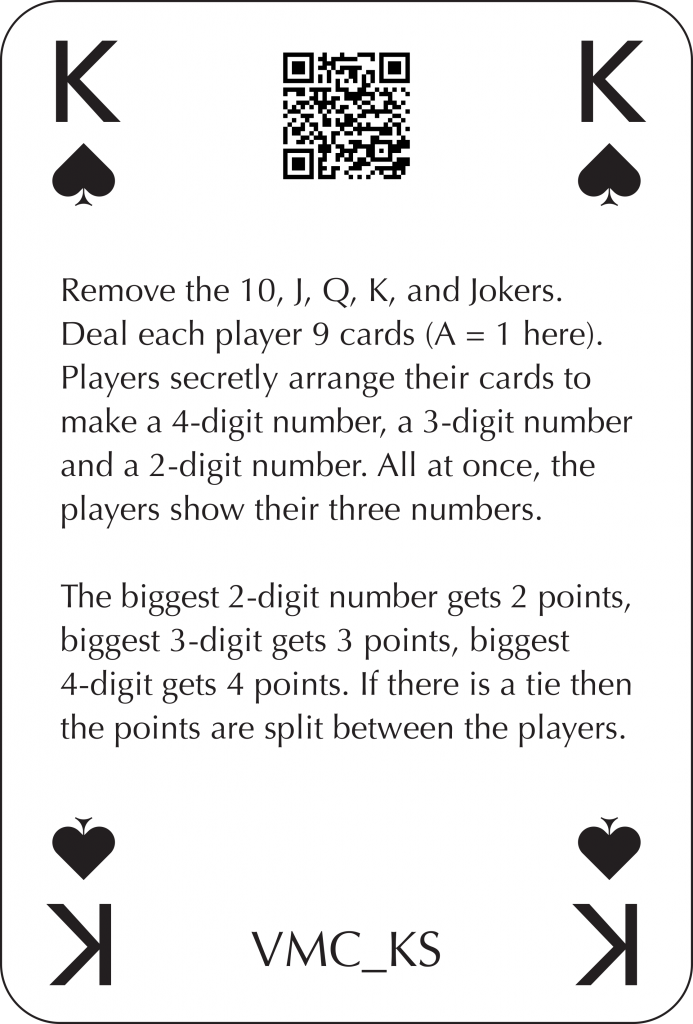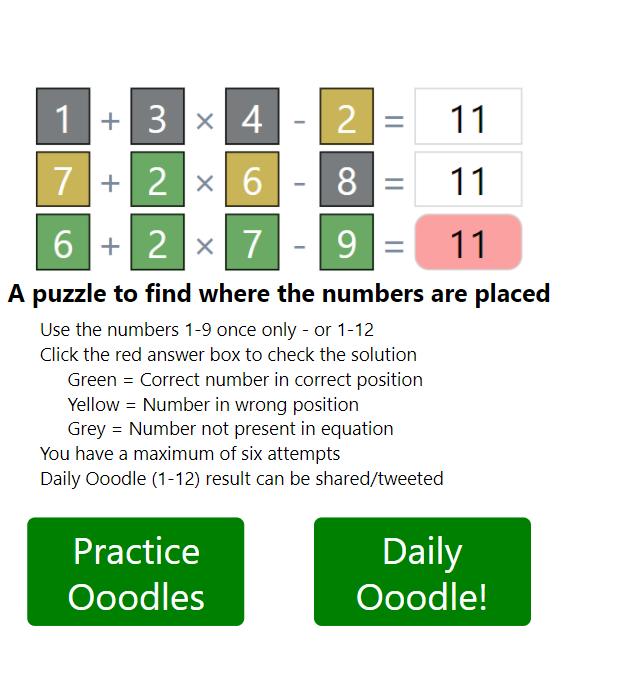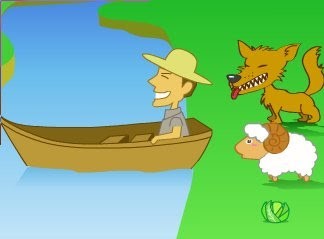
Puzzle 1 – The classic
You are on one side of a river, and with you, there is a wolf, a goat and a cabbage. You have one boat, and can only take one living thing at a time. The goat cannot be left alone with the cabbage and the wolf cannot be left alone with the goat. How many journeys must you do in minimum to get all the objects to the other side of the river? In how many different ways can you do it?
See this video for a brilliant extension leading to an explanation of Vertex Cover.
Puzzle 2 – The answer is smaller than you think …
There are 4 people (A, B, C and D) who want to cross a bridge in night.
- A takes 1 minute to cross the bridge.
- B takes 2 minutes to cross the bridge.
- C takes 7 minutes to cross the bridge.
- D takes 10 minutes to cross the bridge.
There is only one torch with them and the bridge cannot be crossed without the torch. There cannot be more than two persons on the bridge at any time, and when two people cross the bridge together, they must move at the slower person’s pace.
What is the quickest way for all four to cross the bridge?
Puzzle 3 – Lions and Wildebeests
3 lions and 3 wildebeests need to cross a river using a raft.
The raft needs at least one animal to paddle it across the river, and it can hold at most two animals.
If the lions ever outnumber the wildebeest on either side of the river (including the animals in the boat it’s on that side) they will eat the wildebeest.
The animals can’t just swim across.
How many crossings does it take to get the animals across the river?
For the solution see this nice video.
